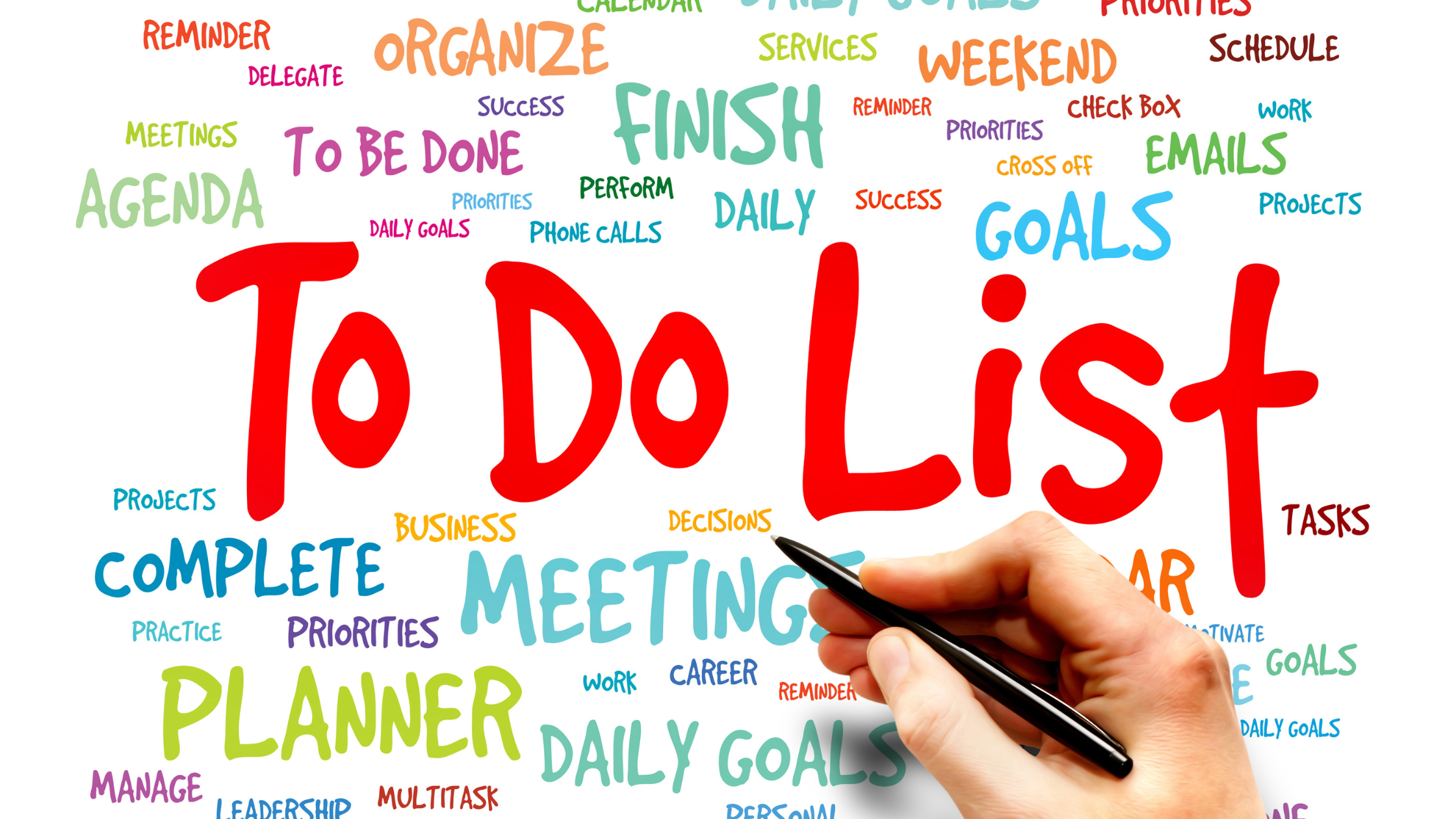
Have you ever found an old to-do list with most of the tasks crossed off, wondering if your brain secretly enjoys checking off tasks?
Let’s explore the psychology behind to-do lists.
Why Incomplete Tasks Dominate Our Memory
Understanding how our memory has certain biases can help us use them to our advantage. The Zeigarnik Effect is one of these biases. It’s named after a psychologist, Bluma Zeigarnik, and it’s about our brain’s tendency to focus more on tasks that are not finished or interrupted rather than the ones we’ve completed.
The To-Do List Vs: A Psychological Outlook: Zeigarnik Effect
Bluma Zeigarnik found that when we’re interrupted while doing a task, we tend to remember it even more. Our brain treats an unfinished task as something that needs to be resolved and keeps reminding us to complete it.
So, how does this connect with our favorite to-do lists? It explains why we feel so good when we check things off. Each completed task is like a little personal achievement, triggering the reward centers in our brains.
Why do to-do lists work so well? When we write down tasks, they come into our start list. The fact that they are still unfinished creates mental tension that pushes us to resolve them.
To-Do Lists: A Blueprint for Success
Structure and Clear Goals: To-do lists help us organize tasks and see the path ahead clearly. With a better grasp of our priorities, we can manage our time and energy more efficiently, leading to improved productivity.
Visible Progress: Crossing off items from our to-do list gives us a tangible sign of progress, releasing dopamine, a neurotransmitter linked to satisfaction and achievement.
Lightening Mental Load: Writing tasks down, whether on paper or digitally, eases the burden on our minds. It reduces the strain of remembering everything and allows us to concentrate on the current task instead of worrying about what’s next.
Without a to-do list:
Things can slip through the cracks without a structured approach to tasks and goals. A cluttered mind and misdirected energy can lead to inefficient use of time, causing a drop in productivity.
Not having a straightforward way to measure progress can frustrate morale.
Conclusion: Ensuring A Healthy Balance with To-Do Lists
Understanding why to-do lists work better than a no-list scenario is the first step to leveraging this powerful tool in your everyday routine. However, as with anything, moderation is crucial. Keep your lists succinct, prioritized, and updated to avoid being overwhelmed. Happy listing!
“The secret to productivity – It’s not about managing your time. It’s about managing your tasks. And that’s what a to-do list does best.” – Anonymous.
FAQs (Frequently Asked Questions)
1. Are digital TO-DO lists as effective as handwritten ones?
– Both digital and handwritten TO-DO lists can be effective. It’s a matter of personal preference. The key is to use them consistently.
2. How can I avoid procrastination when tackling a challenging task on my list?
– Break it down into smaller, more manageable sub-tasks. This makes it less daunting and more achievable.
3. What do I do with unfinished tasks on my list?
– Review them and determine if they are still relevant. If so, carry them over to the next day’s list.
4. Can TO-DO lists help improve work-life balance?
– Absolutely. By organizing your tasks and setting boundaries, TO-DO lists can help you manage your time more effectively and create a better work-life balance.
Remember, the Zeigarnik Effect is your ally in the journey towards increased productivity, and the TO-DO list is your trusty companion on that path. Happy listing!
